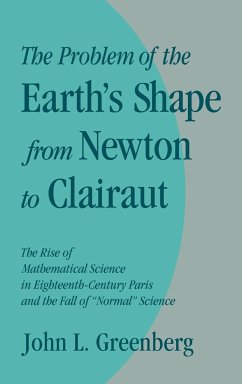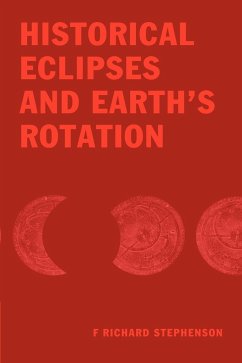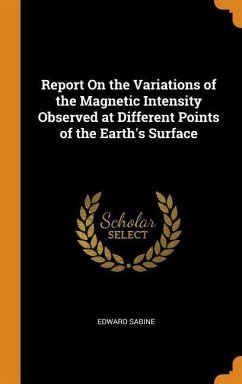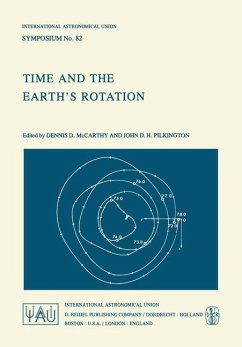
The Problem of the Earth's Shape from Newton to Clairaut
The Rise of Mathematical Science in Eighteenth-Century Paris and the Fall of 'Normal' Scienc

PAYBACK Punkte
84 °P sammeln!
This book investigates, through the problem of the earth's shape, part of the development of post-Newtonian mechanics by the Parisian scientific community during the first half of the eighteenth century. In the Principia Newton first raised the question of the earth's shape. John Greenberg shows how continental scholars outside France influenced efforts in Paris to solve the problem, and he also demonstrates that Parisian scholars, including Bouguer and Fontaine, did work that Alexis-Claude Clairaut used in developing his mature theory of the earth's shape. The evolution of Parisian mechanics ...
This book investigates, through the problem of the earth's shape, part of the development of post-Newtonian mechanics by the Parisian scientific community during the first half of the eighteenth century. In the Principia Newton first raised the question of the earth's shape. John Greenberg shows how continental scholars outside France influenced efforts in Paris to solve the problem, and he also demonstrates that Parisian scholars, including Bouguer and Fontaine, did work that Alexis-Claude Clairaut used in developing his mature theory of the earth's shape. The evolution of Parisian mechanics proved not to be the replacement of a Cartesian paradigm by a Newtonian one, a replacement that might be expected from Thomas Kuhn's formulations about scientific revolutions, but a complex process instead involving many areas of research and contributions of different kinds from the entire scientific world. Greenberg both explores the myriad of technical problems that underlie the historical development of part of post-Newtonian mechanics, which have only been rarely analyzed by Western scholars, and embeds his technical discussion in a framework that involves social and institutional history politics, and biography. Instead of focusing exclusively on the historiographical problem, Greenberg shows as well that international scientific communication was as much a vital part of the scientific progress of individual nations during the first half of the eighteenth century as it is today.











![The Shape of the Earth [microform]: Some Proofs for the Spherical Shape of the Earth Given in Astronomical and Geographical Text-books Examined, and S Cover The Shape of the Earth [microform]: Some Proofs for the Spherical Shape of the Earth Given in Astronomical and Geographical Text-books Examined, and S](https://bilder.buecher.de/produkte/69/69312/69312451n.jpg)


